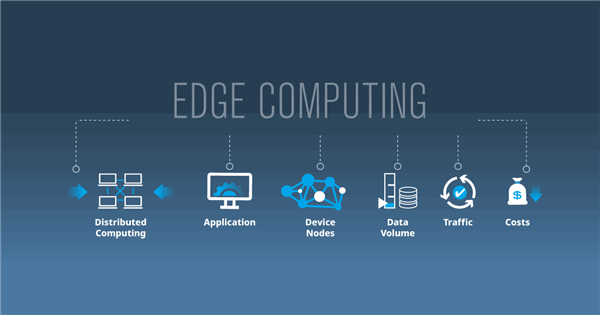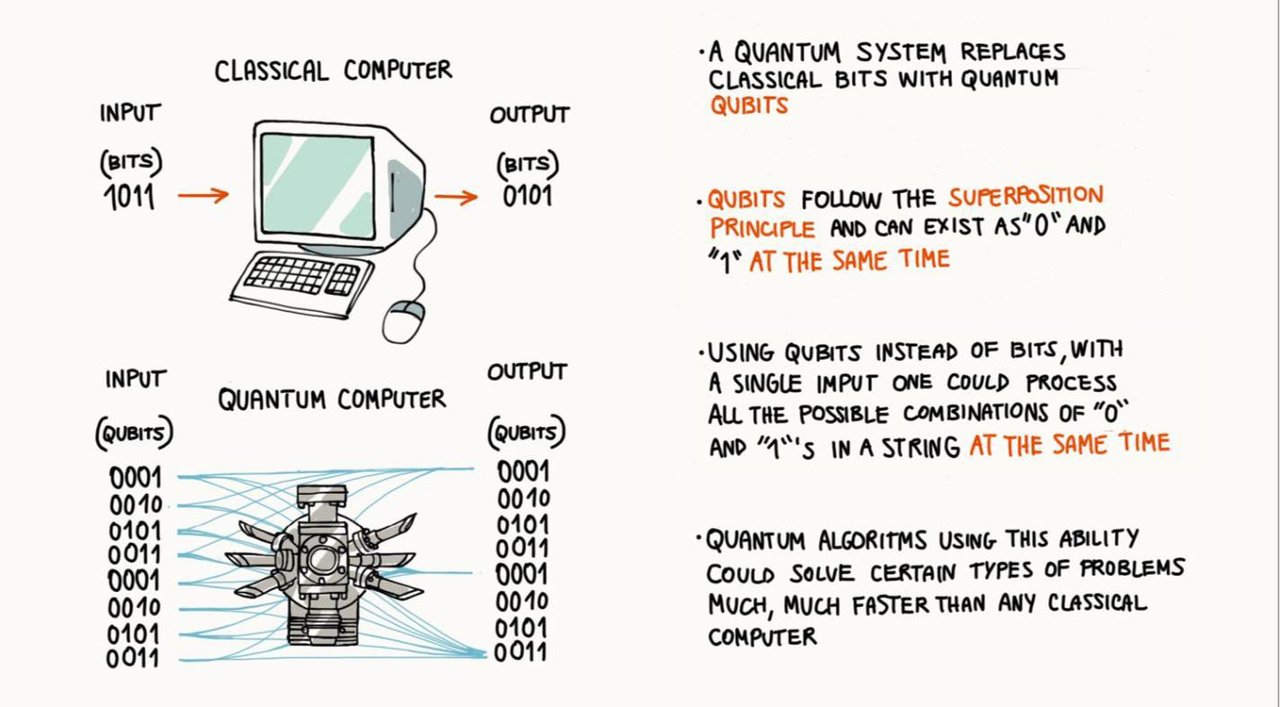justineanweiler.com – In the realm of computer science, algorithms and data structures are two fundamental concepts that play a crucial role in the development of efficient software and systems. Understanding these concepts is essential for anyone looking to pursue a career in programming, software engineering, or any field related to computing. Together, they form the backbone of problem-solving techniques and help programmers write code that is both efficient and scalable.
What are Algorithms?
An algorithm is a step-by-step procedure or set of rules used to solve a specific problem or perform a task. It is a well-defined set of instructions that, when followed correctly, leads to a desired outcome. Algorithms can range from simple tasks (like sorting a list) to complex operations (like finding the shortest path in a network).
Characteristics of an Algorithm:
- Input: An algorithm receives some input, which may be a set of values or conditions.
- Output: The algorithm produces a result, which is the solution to the problem.
- Finiteness: An algorithm must always terminate after a finite number of steps.
- Definiteness: Each step of the algorithm must be clearly defined.
- Effectiveness: The steps of an algorithm must be simple enough to be carried out, ideally by a machine, in a reasonable amount of time.
Types of Algorithms:
- Sorting Algorithms: These algorithms arrange data in a specific order. Common examples include QuickSort, MergeSort, and BubbleSort.
- Search Algorithms: These algorithms search for specific data within a structure. Examples include Binary Search and Linear Search.
- Graph Algorithms: These algorithms solve problems related to graph structures, such as Dijkstra’s Algorithm for finding the shortest path, or Depth-First Search (DFS) and Breadth-First Search (BFS).
- Dynamic Programming Algorithms: Used to solve problems by breaking them down into simpler subproblems, such as the Fibonacci Sequence or the Knapsack Problem.
What are Data Structures?
A data structure is a way of organizing and storing data so that it can be accessed and modified efficiently. The choice of data structure has a significant impact on the performance of an algorithm, especially when dealing with large datasets.
Types of Data Structures:
- Linear Data Structures:
- Arrays: Fixed-size structures where elements are stored in contiguous memory locations. They allow constant-time access to elements by index, but resizing is inefficient.
- Linked Lists: Collections of nodes where each node contains data and a reference (or pointer) to the next node. Linked lists are dynamic, allowing for efficient insertions and deletions but less efficient for access.
- Non-Linear Data Structures:
- Trees: A hierarchical data structure with a root element and child nodes. A common example is a binary tree, where each node has at most two children. Trees are essential for hierarchical data, such as file systems or databases.
- Graphs: Consist of nodes (vertices) connected by edges. Graphs can represent networks like social media connections or transportation routes. They can be directed or undirected, weighted or unweighted.
- Abstract Data Types (ADT):
- Stacks: A linear structure that follows the LIFO (Last In, First Out) principle. Used for managing function calls (call stack) or undo functionality.
- Queues: A linear structure that follows the FIFO (First In, First Out) principle. Useful in scheduling tasks or managing resources like print jobs.
- Heaps: A specialized tree-based structure that satisfies the heap property (in a max-heap, each parent node is greater than or equal to its children). Used in algorithms like HeapSort or in implementing priority queues.
The Relationship Between Algorithms and Data Structures
While algorithms provide the steps to solve problems, data structures offer the tools to store and organize data efficiently. The performance of an algorithm is often closely tied to the choice of data structure used.
For example, the binary search algorithm works efficiently on a sorted array (with a time complexity of O(logn)O(\log n)), but the same algorithm would not work on an unsorted list without first sorting it (which would take O(nlogn)O(n \log n) time with algorithms like QuickSort or MergeSort).
On the other hand, a hash table (a data structure) can support fast lookups with constant time complexity O(1)O(1), which makes it ideal for solving problems like dictionary lookups or caching, while algorithms that rely on hash-based data structures are often faster than those that depend on arrays or linked lists.
Time and Space Complexity
One of the key aspects of algorithms and data structures is analyzing their efficiency. This is typically done through Big O notation, which describes the time or space complexity of an algorithm in terms of the input size nn.
- Time Complexity: Describes how the running time of an algorithm increases as the size of the input grows. Common time complexities include:
- O(1)O(1): Constant time, i.e., the algorithm runs in the same time regardless of the input size.
- O(logn)O(\log n): Logarithmic time, e.g., binary search.
- O(n)O(n): Linear time, e.g., a loop through an array.
- O(n2)O(n^2): Quadratic time, e.g., bubble sort or insertion sort.
- Space Complexity: Describes how much memory is required by an algorithm in relation to the input size. An algorithm with O(1)O(1) space complexity uses a constant amount of space, while O(n)O(n) space complexity means that the space required grows linearly with the size of the input.
Real-World Applications of Algorithms and Data Structures
- Social Media Platforms: Graph algorithms help manage connections and recommendations in social networks (e.g., Facebook’s friend suggestions).
- Search Engines: Algorithms like PageRank and data structures like tries are used to index and search large amounts of data efficiently.
- Routing and Networking: Algorithms such as Dijkstra’s Algorithm help find the shortest path in routing packets across the internet.
- Machine Learning: Algorithms for regression, classification, and clustering depend heavily on efficient data structures like arrays, matrices, and trees.
- Databases: Data structures like B-trees and hash tables are used to index data for fast retrieval.
Conclusion
A solid understanding of algorithms and data structures is crucial for every computer scientist and software developer. Algorithms provide the recipe for solving problems, and data structures determine how to organize and manipulate the data efficiently. Mastery of these concepts allows developers to design systems that are faster, more efficient, and scalable, ensuring optimal performance across a variety of applications.
As technology evolves, the importance of mastering algorithms and data structures remains foundational, and these principles continue to be applied in solving real-world problems across diverse fields, from software development to artificial intelligence.





